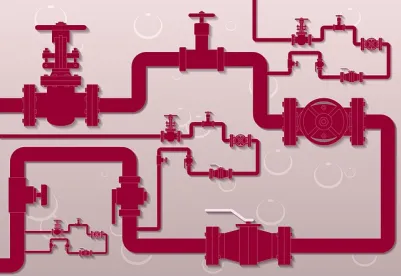“I’ll call Nebraska.” That was President Trump’s answer when a reporter questioned the regulatory finality of the Keystone XL (‘KXL’) pipeline. With the issuance of the State Department’s permit for cross-border construction, TransCanada finally received the federal permission it needs to complete KXL’s northernmost section. This authorization has been ten years in the making. What neither President Trump nor the State Department may issue, however, are the state-specific Public Service Commission certificates which authorize the construction and operation of certain pipelines throughout each PSC’s particular state.
The Nebraska Public Service Commission (‘Commission’), which is an independent regulatory body, regulates various common carriers and utilities within the state. Pursuant to Nebraska’s ‘Major Oil Siting Act’ (Neb. Rev. Stat. § 57-14-1 et seq.), the Commission must approve the route of any ‘major oil pipeline’ before construction may commence. KXL is an eight-billion dollar, twelve-hundred mile long pipeline that stretches from Alberta, Canada, to (potentially) Steele City, Nebraska. KXL is a ‘major oil pipeline’ for purposes of Commission jurisdiction.
Without Commission approval of the route, TransCanada may not assert eminent domain to acquire pipeline easements through private property. While approximately 90% of the landowners along the 275-mile Nebraskan tract have previously bartered their easements to TransCanada, the remaining landowners have refused to do so. Thus, without prior Commission approval, TransCanada cannot: (a) begin construction of KXL within the state, or (b) acquire easements through private property to complete KXL’s proposed course.
On February 16, 2017, TransCanada filed an application for Commission approval of KXL’s route. TransCanada had previously filed a similar proposal, but due to numerous issues, including environmental concerns regarding the Ogallala Aquifer, withdrew the application. In an attempt to placate concerns, TransCanada’s amended application for route approval moves the pipeline further east. However, the Ogallala Aquifer, which supplies a substantial amount of daily-use water to Nebraskans, covers most, if not all, of the state. It remains to be seen if TransCanada’s altered route sufficiently alleviates concerns regarding adverse impacts to the Ogallala Aquifer.
Pursuant to Commission rules, the Commission must resolve TransCanada’s application for route approval within 210 days of its receipt. Assuming that the Commission does not find “just cause” to further delay the approval/rejection (for up to an additional five months), the Nebraska Public Service Commission must determine whether the Keystone XL route is in Nebraska’s public interest by September 14, 2017.



 />i
/>i
